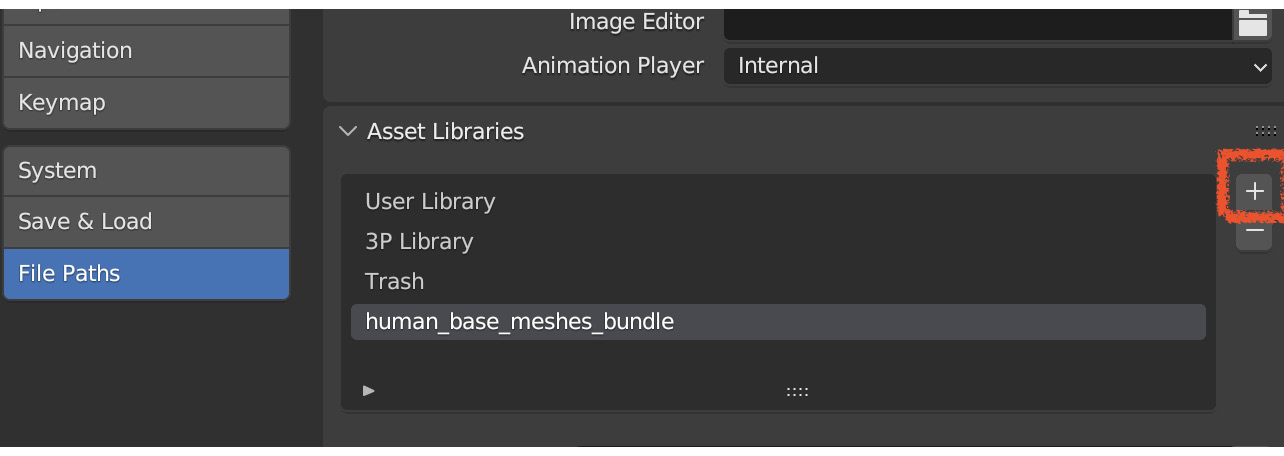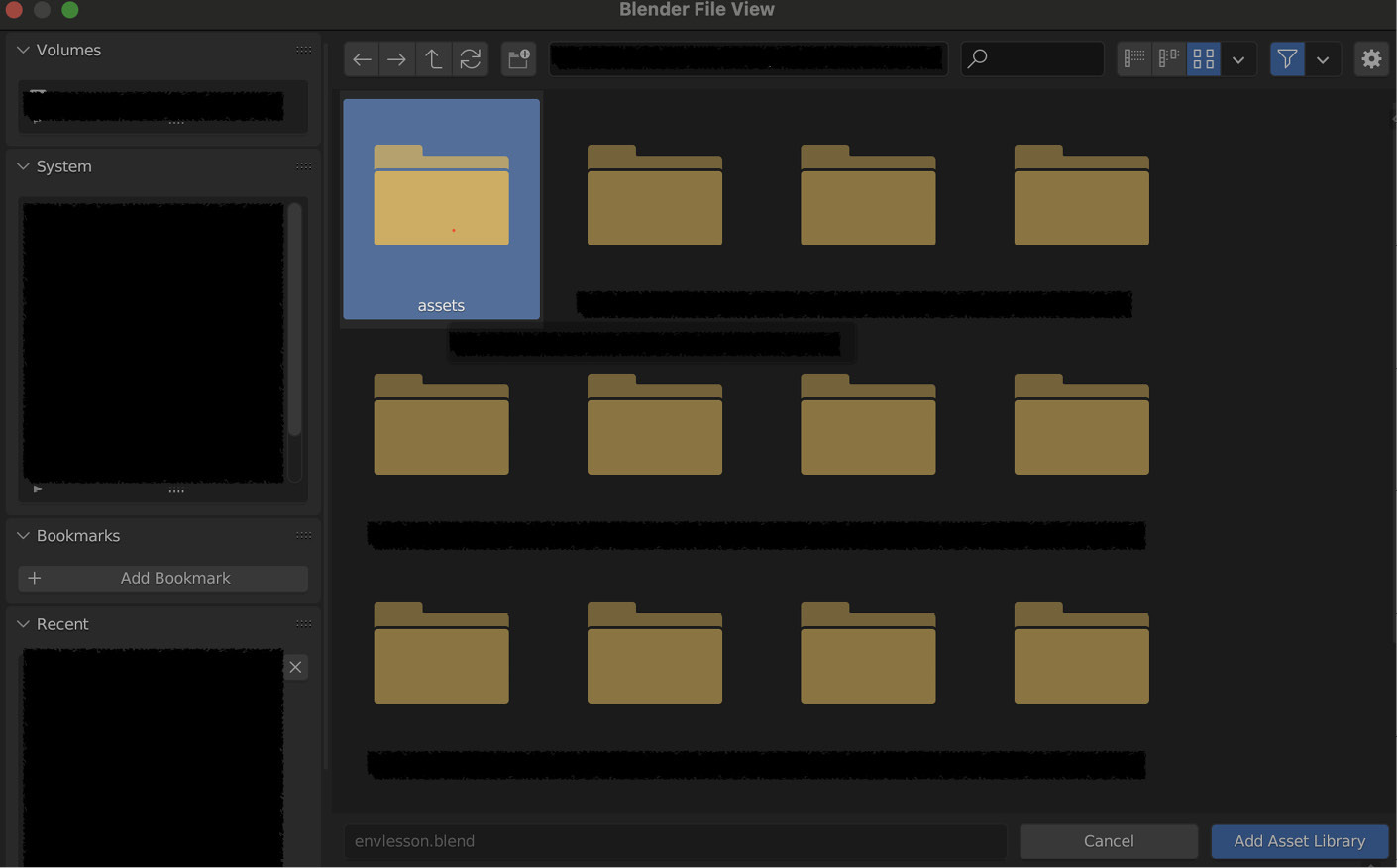Using the Asset Browser
Now, you have a ton of completed models. In the 3D world, we call those assets.
So, it’s time to organize all of those assets so that you can use them in any scene, whenever you want. Blender provides the Asset Browser to make that easier.
The Asset Browser lets you build an Asset Library. Then, in any Blender file, you can simply click and drag your models right into your scene.
In this chapter, you’re going to learn all about the Asset Browser. You’ll learn how to prepare your models for use in the Asset Browser, how to set up an Asset Library, and finally, how to use it.
By the end of this chapter, you’ll have the following:
- A library of useful low-poly assets
- Knowledge of how to add new assets to your library
- Knowledge of how to use your assets in any scene
First, I’ll explain what I mean by asset.



